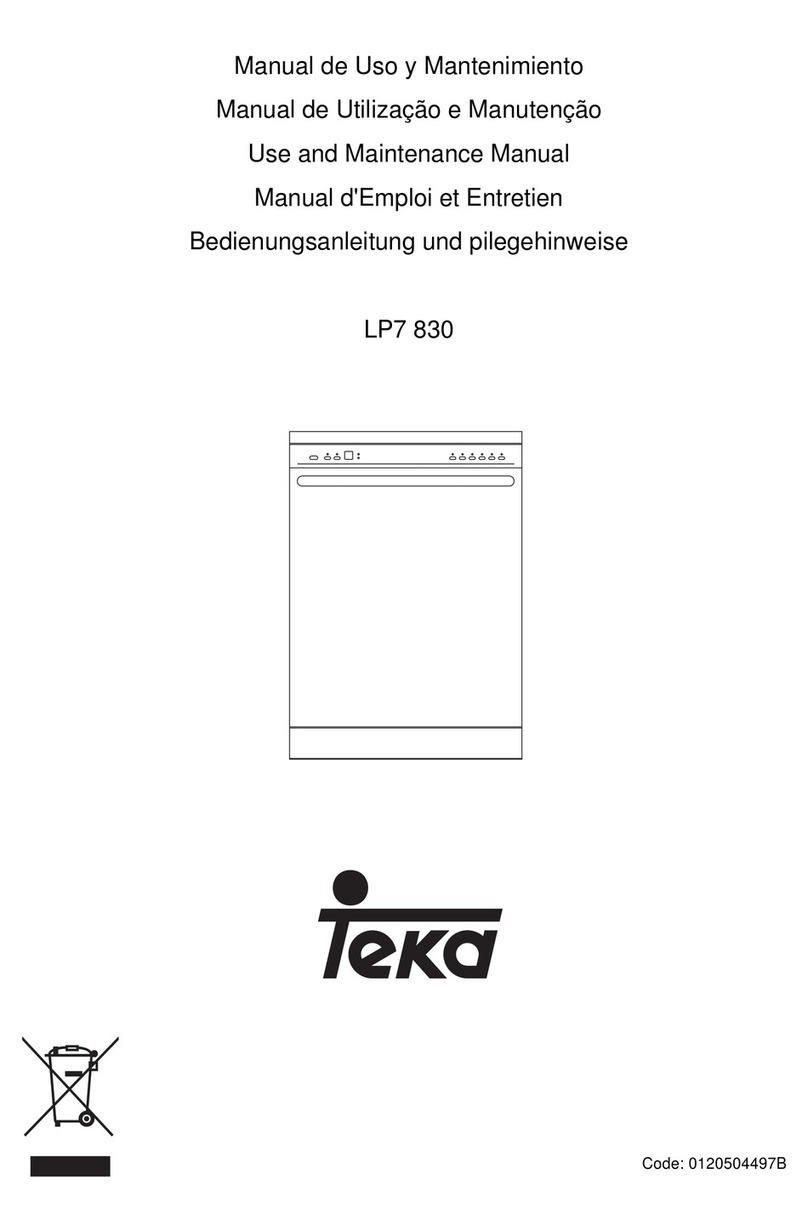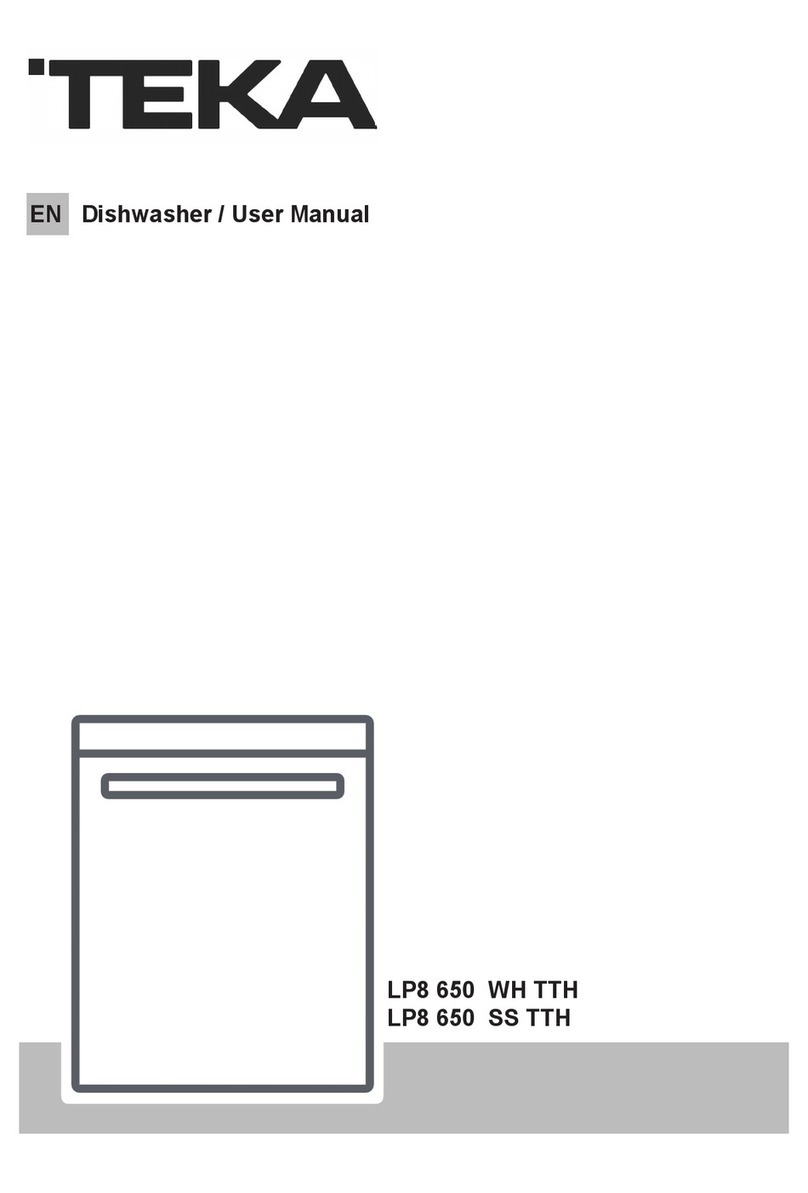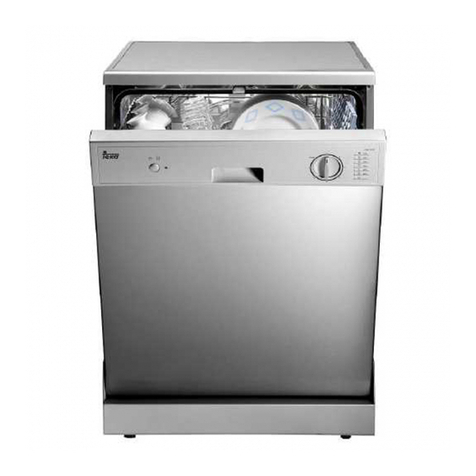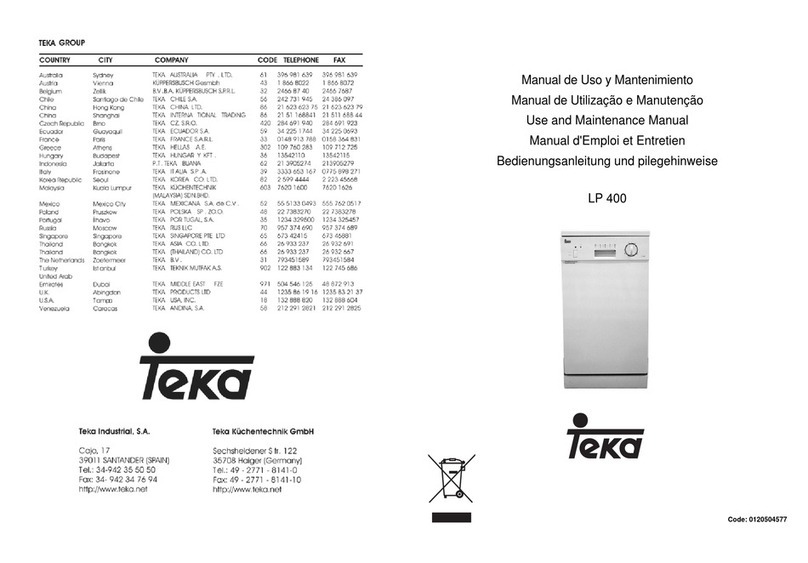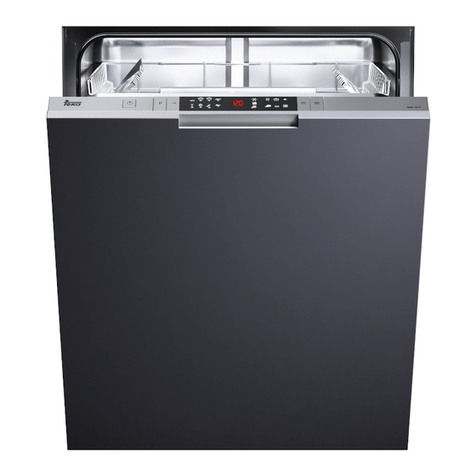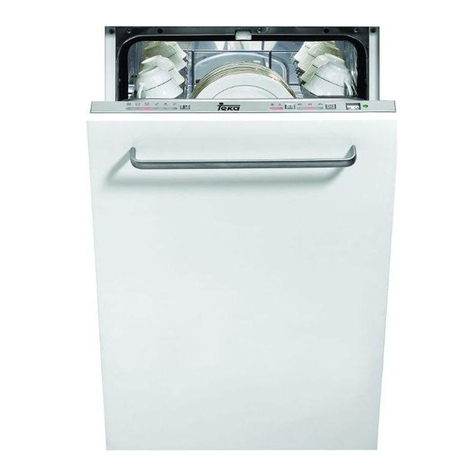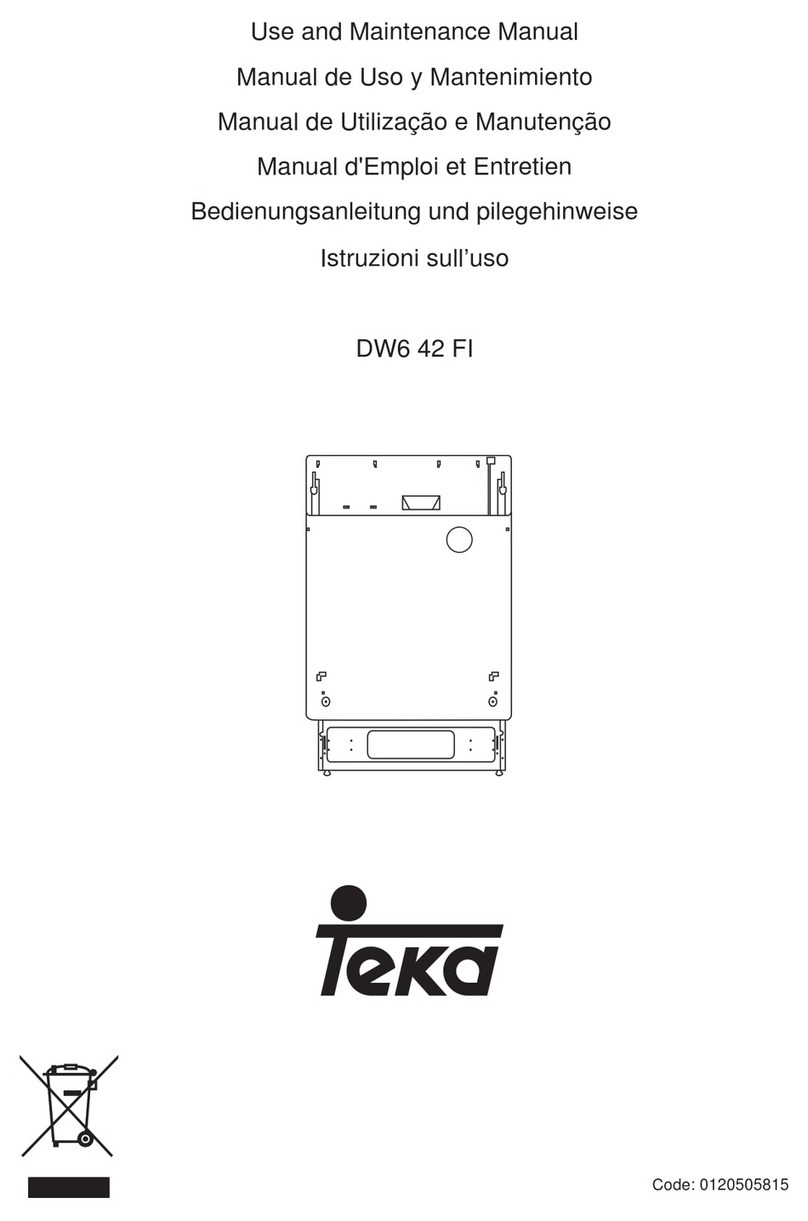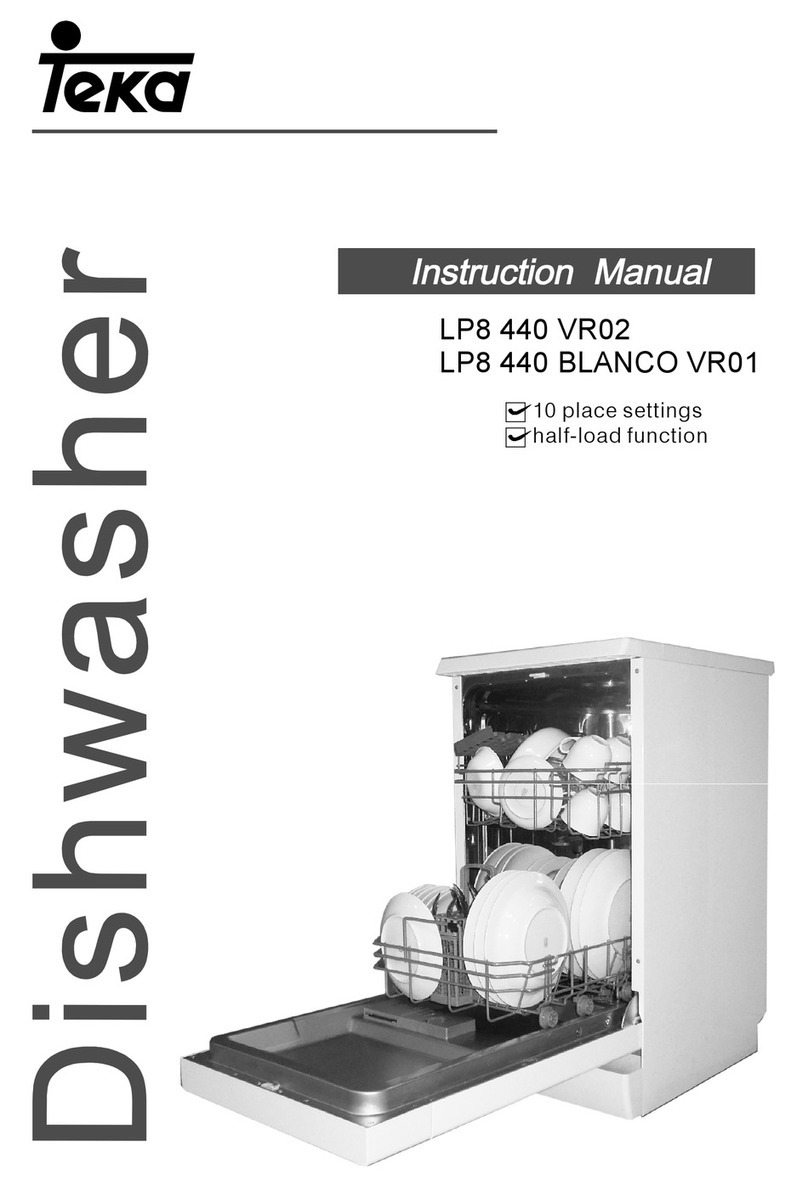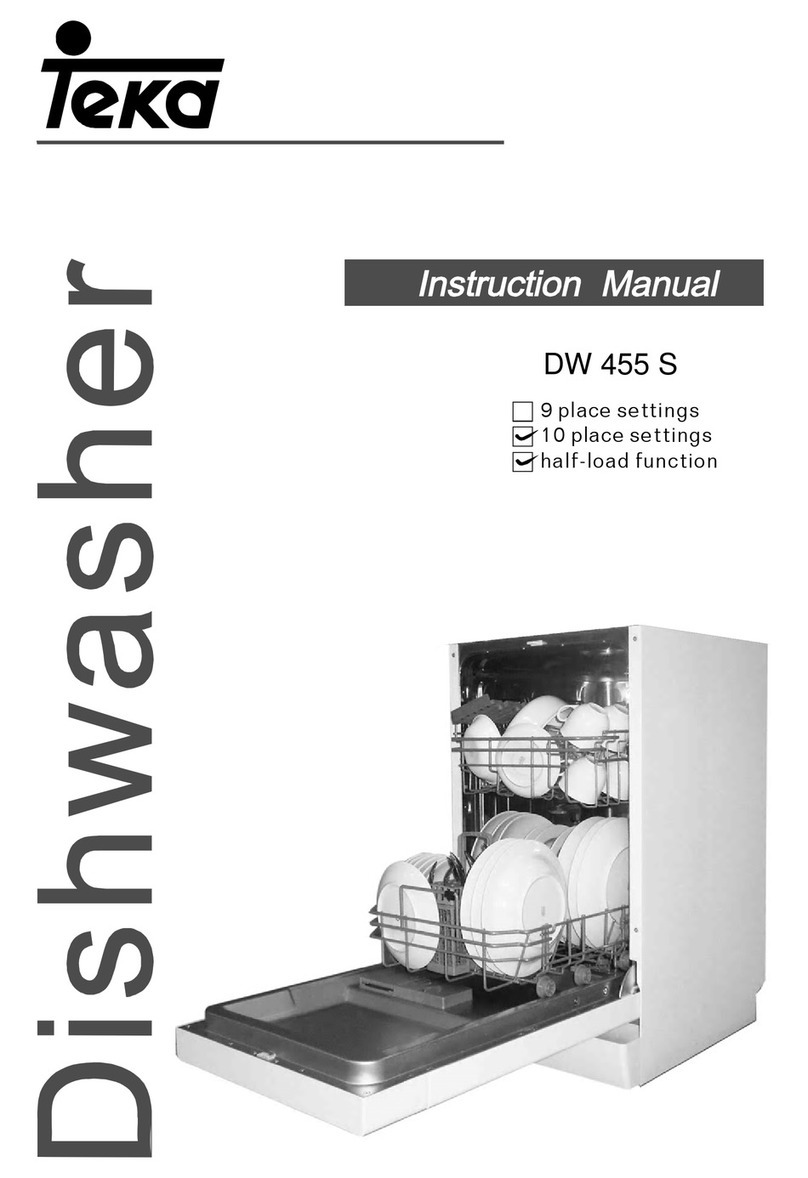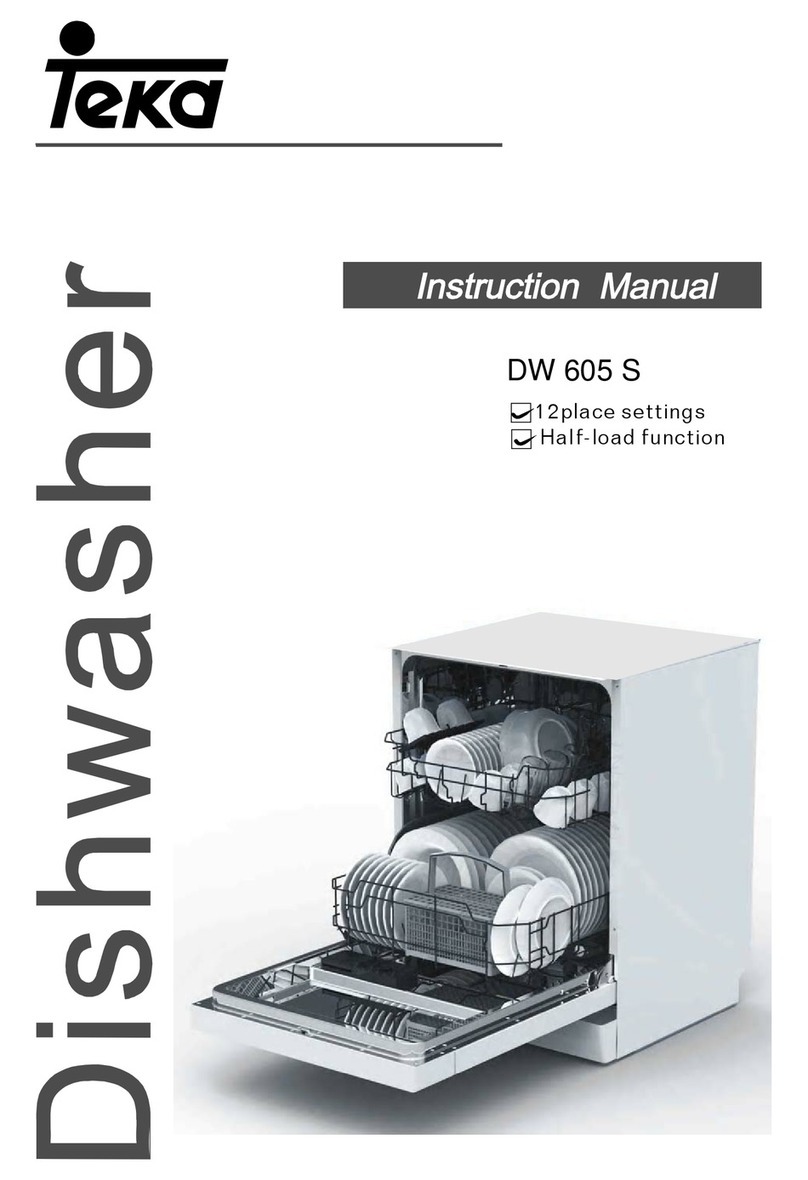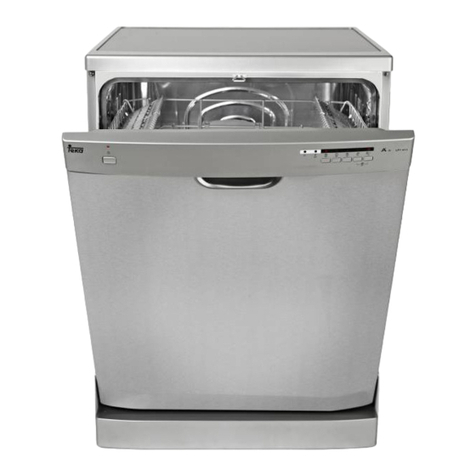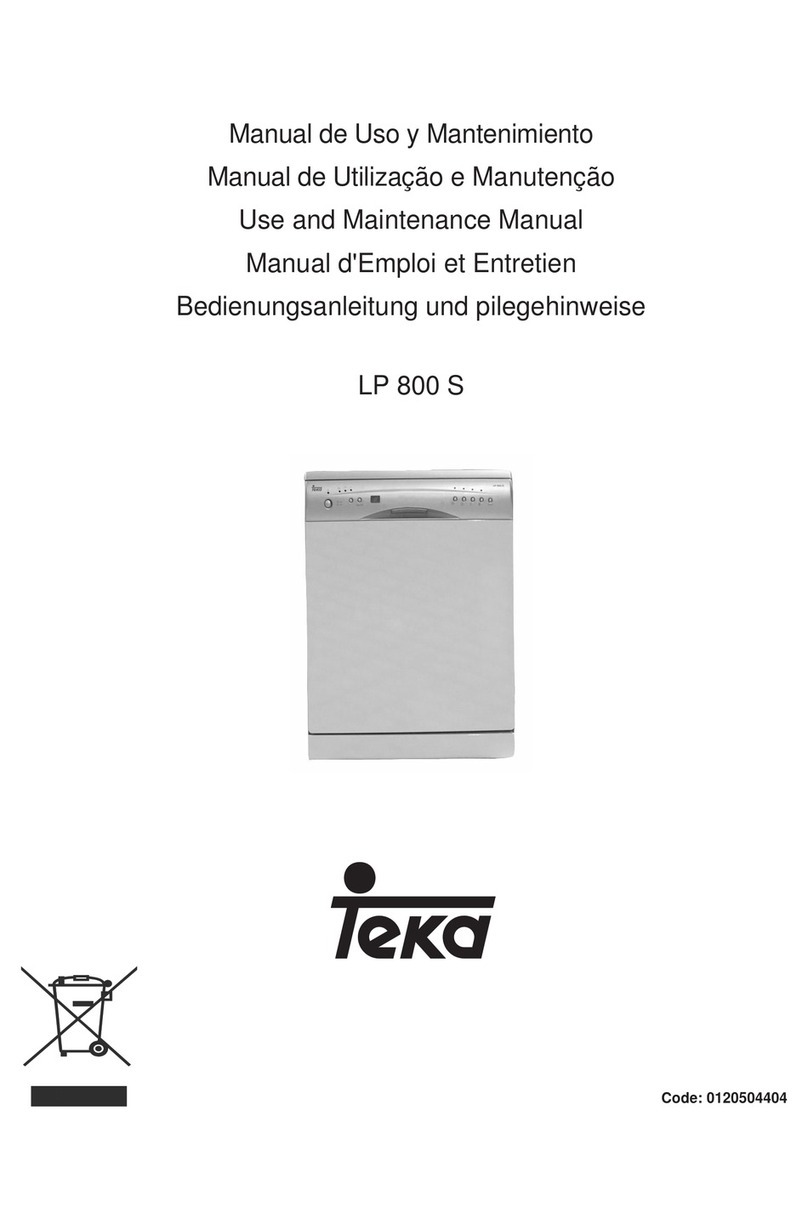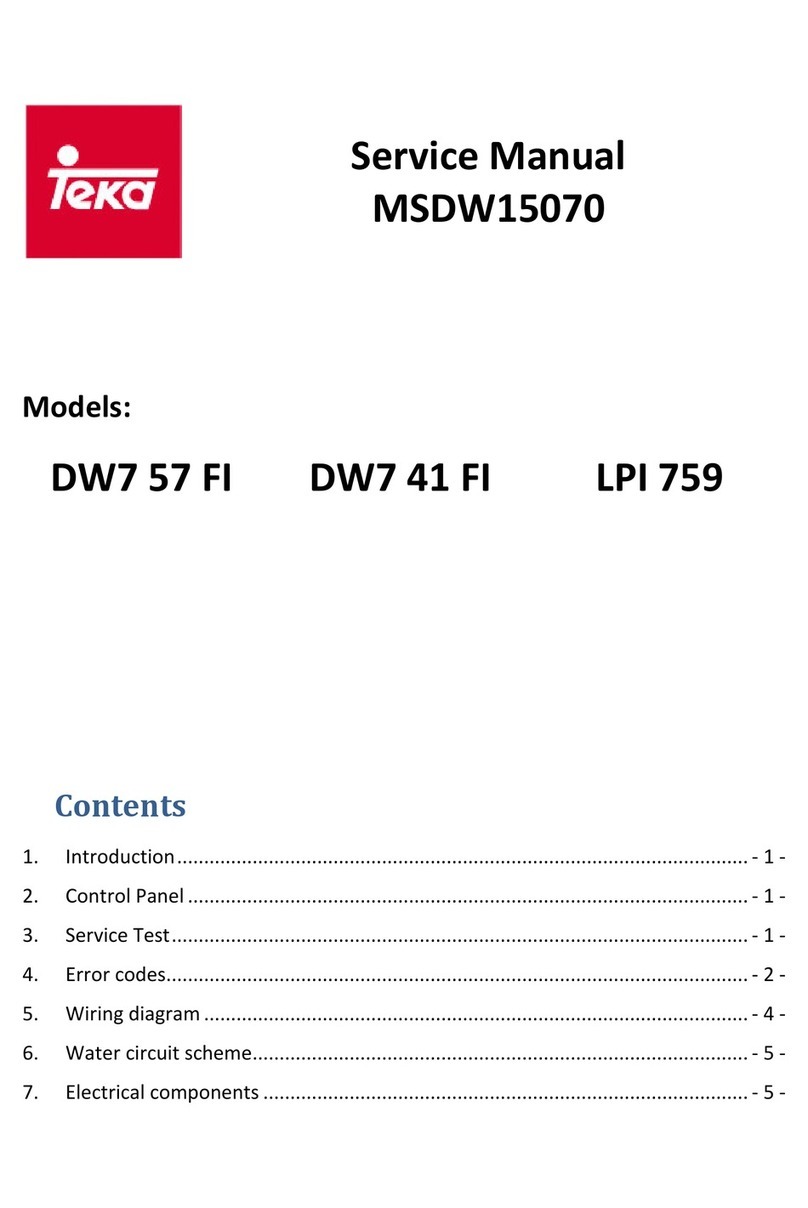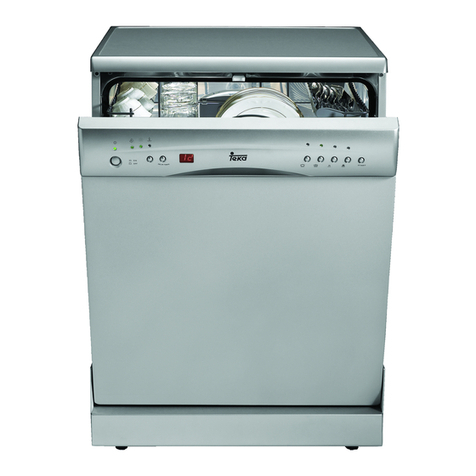Grounding Instructions
Warning! Risk of fire and electrical shock.
— The appliance must be earthed (grounded). In the event of a malfunction or
breakdown, grounding will reduce the risk of an electric shock by providing a path of
least resistance of electric current. This appliance is equipped with a cord having an
equipment grounding conductor and a grounding plug.
— The plug must be plugged into an appropriate outlet that is installed and grounded in
accordance with all local codes and ordinances.
Warning! Improper connection of the equipment-grounding conductor can result in the
risk of electric shock.
Warning! Check with a qualified electrician or service representative if you are in doubt
whether the appliance is properly grounded. Do not modify the plug supplied
with the appliance, even if it does not fit the outlet. Have a qualified electrician
install the correct power outlet for use.
2.3 Appliance use
Warning! Risk of fire, explosion, electric shock or damage to the appliance.
— Do not abuse, sit on, or stand on the door or dish racks of the dishwasher.
— Do not touch the heating element during or immediately after use.
— Do not operate your dishwasher unless all enclosure panels are properly in place. Open
the door very carefully (and slowly) if the dishwasher is operating, as there is a risk of
water spraying out.
— Do not place any heavy objects on the or stand on the door when it is open. Aside from
potential damage to the appliance, the appliance could tip forward.
— When loading items to be washed:
1) Locate sharp items so that the are not likely to damage the door seals;
2) Warning: Knives and other utensils with sharp points/edges, must be loaded into
the cutlery drawer with their sharp points facing down, or placed in a horizontal
position.
— When using your dishwasher, you should prevent plastic items from coming into
contact with the heating element.
— Check that the detergent compatment is empty after the completion of the wash cycle.
— Do not wash plastic items within the dishwasher unless thay are marked as
dishwasher safe (or equivalent). For plastic items without markings, always refer to the
manufacturer’s recommendations.
— Use only detergent and rinse additives designed for an automatic dishwasher.
— Never use soap, laundry detergent or hand washing detergent in your dishwasher. Keep
these products out of the reach of children.
— Keep children away from detergent and rinse aid, keep children away from the open
door of the dishwasher, as there could still be residual detergent left inside.
— Never leave the dishwasher door open as this creates a tripping hazzard.
— The appliance is to be connected to the water mains using the new hose sets supplied
(never use old or existing hoses).
— The maximum place settings to be washed is 14.
— The maximum permissible inlet water pressure is 1Mpa, whilst the minimum is
0.04Mpa.
— It is dangerous to open the dishwasher door whilst in operation, as the hot water may
scald you.
2.4 Care and Cleaning
Warning! Risk of injury or damage to the appliance.
— Before maintenance, deactivate the appliance and disconnect the mains plug from the
mains socket.
— Do not use water spray and steam to clean the appliance.
— Clean the appliance with a moist soft cloth. Only use neutral detergents. Do not use
abrasive products, abrasive cleaning pads, solvents or metal objects.
